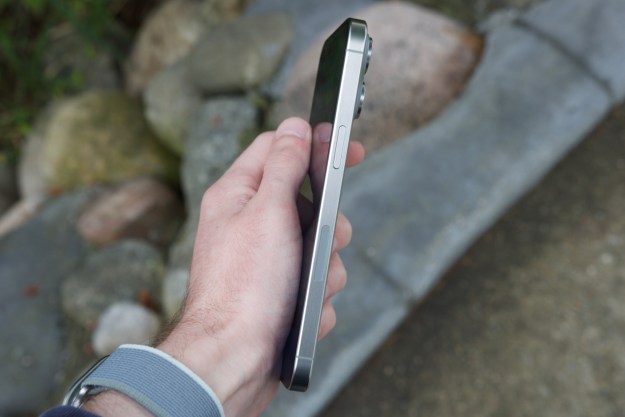
With Bulletin, the stories are both public and easy to discover. You’ll be able to discover them on social media networks or Google search, and can also send them using links through email or messaging apps.
A report from Slate includes a link to a launch event in Nashville, Tennessee where a Google spokesperson introduced Bulletin. The spokesperson describes the app as an effortless way to instantly share local news — that’s also accessible to the community around you.
Since it’s a Progressive Web App, you don’t have to go to the app store to download it in order to upload content or see other posts. The app is also free, and doesn’t require a specific setup as does creating a blog or building a website.
To create a post, you’ll be asked whether you want to start with either text, a photo, or video. Once you post the initial content, it’s immediately public on the web and you can then share it to specific channels. From there, it acts like a live blog — where you can continue to add to it as the event goes on or a news story develops.
For those keeping tabs on the story as you update it, all they’ll need to do is keep the browser open for more information. But as a public document it also gives those searching for the specific event or news the opportunity to find your post and follow along as well.
For example, if you’re at a local sports event you can start a running document at the beginning of the game and continue to add scores, photos, and videos as the game progresses. By posting the link to your social media accounts or sending it via text message, anyone with the link can follow along as you update it live.
Bulletin is currently being piloted in only Nashville, Tennessee and Oakland, California. To test it out, you can request early access via a sign-up sheet from Google.
Editors' Recommendations
- The most common Skype problems and how to fix them
- There’s a big problem with the iPhone’s Photos app
- We now know when Apple is adding RCS to the iPhone
- Google Messages vs. Samsung Messages: Which app should you use?
- Is Temu legit? Everything you need to know about the shopping app


